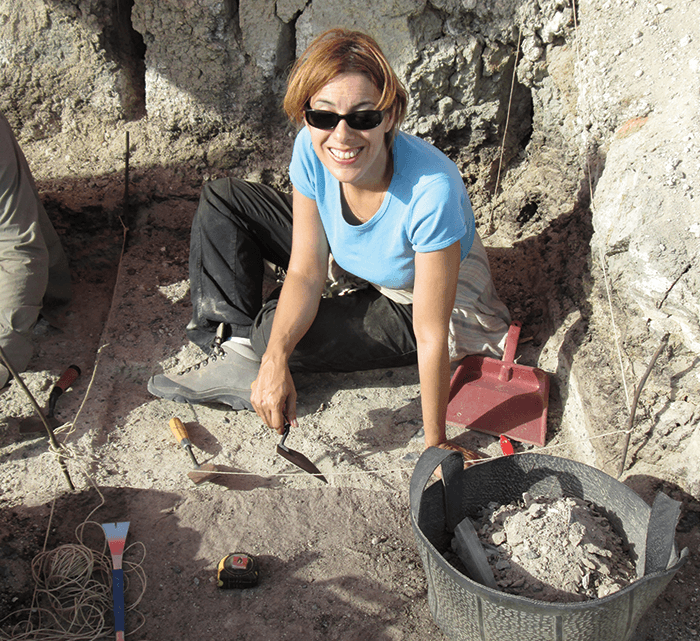
Paleoanthropologist April Nowell and team have discovered the oldest identifiable animal protein residues on Stone Age tools – suggesting our Paleolithic ancestors feasted on everything from camel to rhino. Nowell of the University of Victoria, tells us more about the findings and analytical method used to identify the proteins.
References
- A Nowell et al., “Middle Pleistocene subsistence in the Azraq Oasis, Jordan: Protein residue and other proxies,” J Archaeol Sci, 73, 36-44 (2016)




